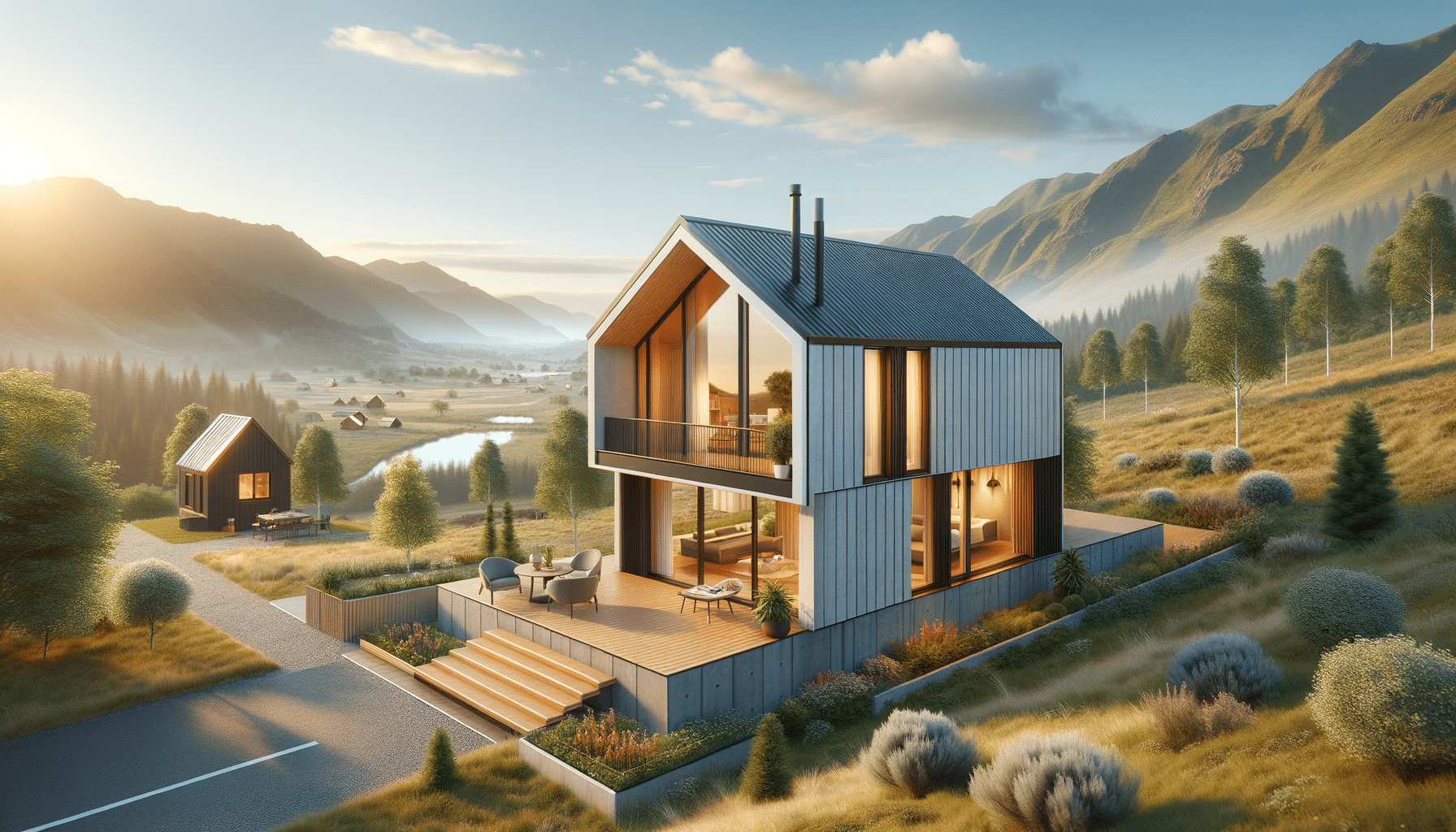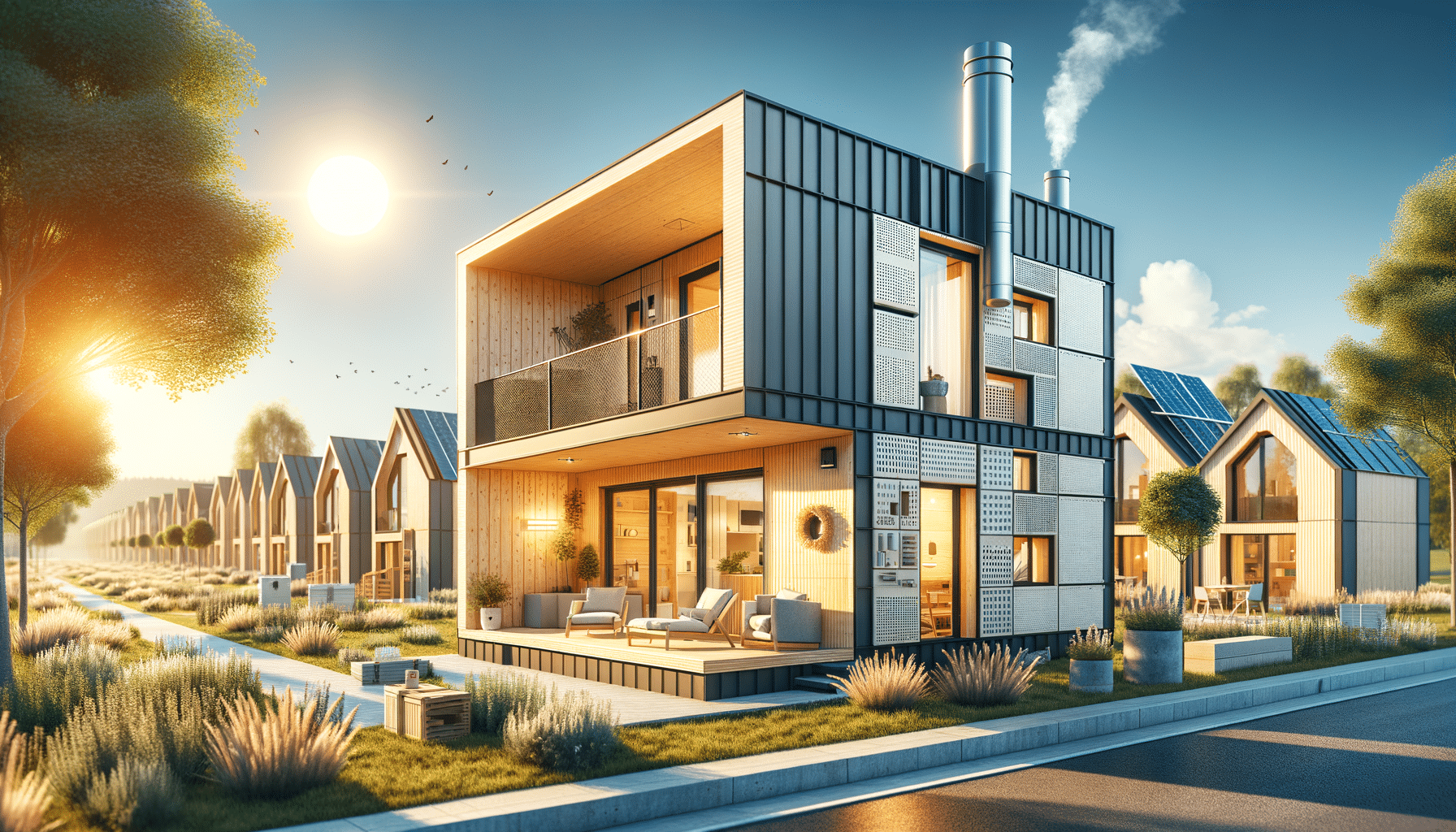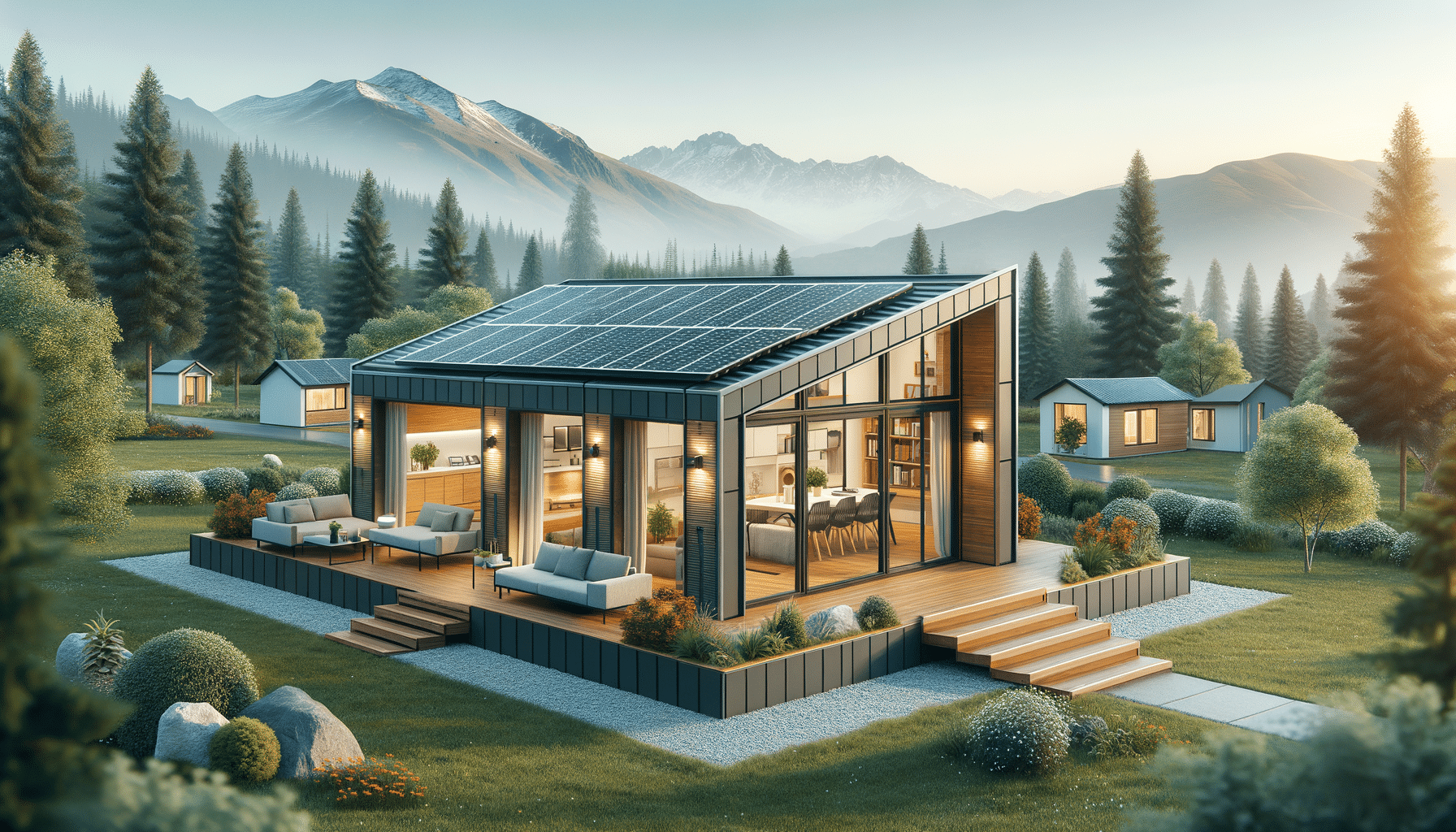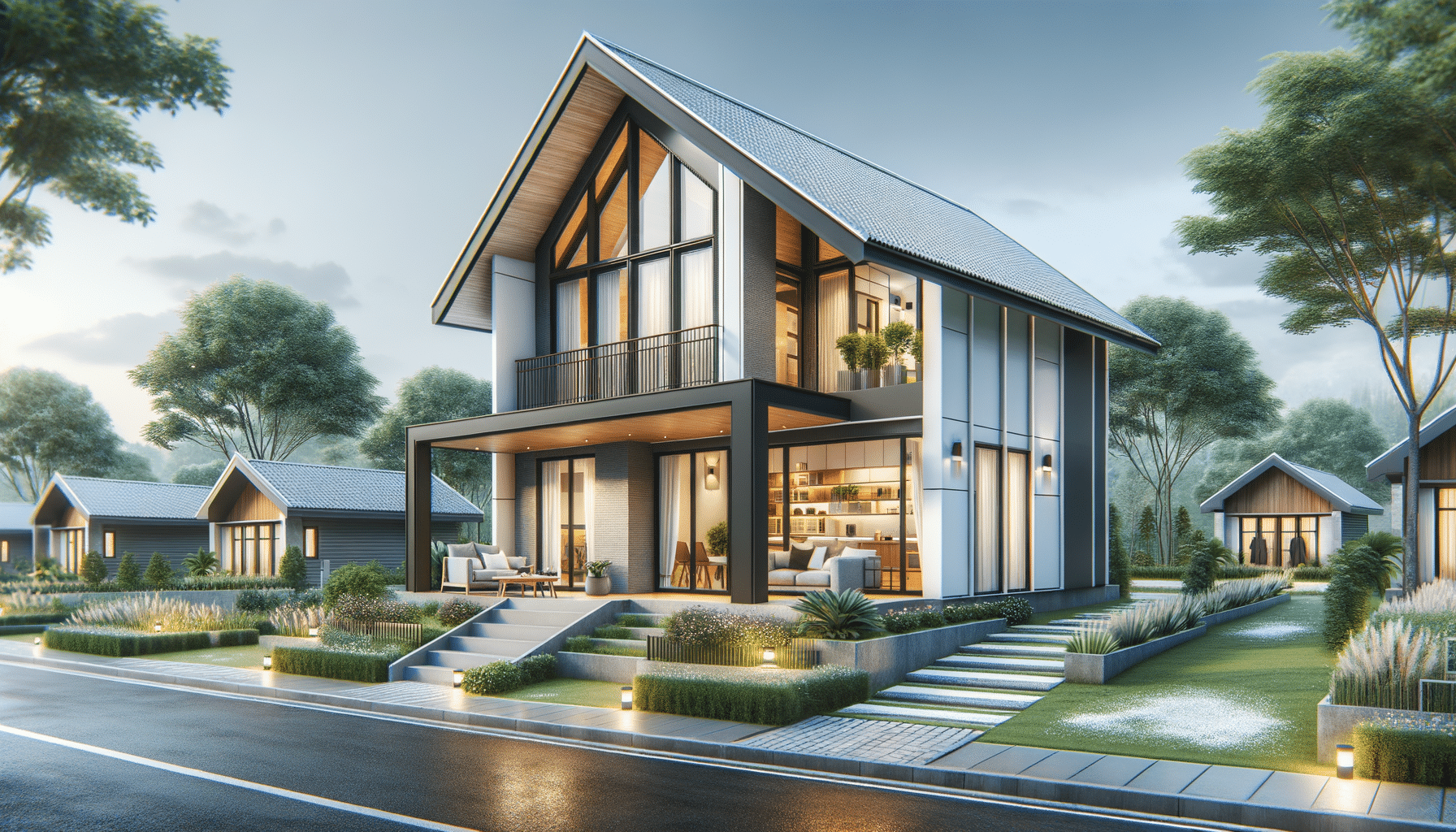
Prefabricated Homes: A Buyer’s Guide to Modern Turnkey Designs
Introduction to Prefabricated Homes
In recent years, the housing market has witnessed a significant shift towards innovative construction methods, with prefabricated homes emerging as a prominent choice for many prospective homeowners. These homes, often referred to as prefab homes, are constructed off-site and then assembled on the designated location, offering a unique blend of affordability, speed, and sustainability. As urbanization continues to rise, the need for efficient and sustainable housing solutions becomes more pressing, making prefabricated homes a viable option for those seeking modern turnkey designs.
Prefabricated homes are not only cost-effective but also provide flexibility in design, allowing homeowners to customize their living spaces according to their preferences. The growing interest in these homes is driven by several factors, including the desire for sustainable living, the need for quick construction, and the increasing demand for affordable housing solutions. As we delve deeper into the world of prefabricated homes, we will explore their various types, benefits, and the considerations one should keep in mind when opting for this modern housing solution.
Types of Prefabricated Homes
Prefabricated homes come in various forms, each offering unique advantages that cater to different needs and preferences. Understanding these types is crucial for making an informed decision when considering a prefab home.
- Modular Homes: These are built in sections, or modules, in a factory setting and then transported to the site for assembly. Modular homes offer a high degree of customization and are constructed to meet local building codes, making them comparable to traditional homes in terms of quality and durability.
- Panelized Homes: In this type, the walls and roof panels are constructed in a factory and then assembled on-site. Panelized homes provide more flexibility in design compared to modular homes, as they allow for unique architectural styles and larger open spaces.
- Manufactured Homes: Often referred to as mobile homes, these are built entirely in a factory and transported to the site as a complete unit. They are typically more affordable but may have restrictions in terms of placement and financing options.
- Kit Homes: These homes are delivered as a set of pre-cut materials that the homeowner or a contractor assembles on-site. Kit homes offer a DIY approach, which can be appealing to those looking for a hands-on building experience.
Each type of prefabricated home offers distinct benefits, making it essential for buyers to assess their specific needs, budget, and lifestyle when choosing the right option.
Benefits of Prefabricated Homes
The rise in popularity of prefabricated homes can be attributed to the numerous benefits they offer over traditional construction methods. These advantages make them an attractive option for various demographics, from first-time homebuyers to those looking for sustainable living solutions.
Cost-Effectiveness: Prefabricated homes are generally more affordable than traditional homes due to the efficient use of materials and reduced labor costs. The controlled factory environment minimizes waste and allows for bulk purchasing of materials, resulting in significant savings.
Speed of Construction: One of the most appealing aspects of prefabricated homes is the rapid construction timeline. Since the components are built in a factory while site preparation occurs simultaneously, the overall construction process is significantly shorter, allowing homeowners to move in sooner.
Sustainability: Prefabricated homes are often designed with sustainability in mind. The precision of factory construction reduces waste, and many prefab homes incorporate energy-efficient features such as solar panels, high-quality insulation, and energy-efficient windows, contributing to a smaller carbon footprint.
Quality Control: The factory setting ensures consistent quality control, as each component is built under strict supervision. This results in a high level of craftsmanship and durability, often surpassing that of traditional homes.
These benefits highlight why prefabricated homes are becoming a popular choice for those seeking a modern, efficient, and eco-friendly living solution.
Considerations When Choosing Prefabricated Homes
While prefabricated homes offer numerous advantages, there are certain considerations prospective buyers should keep in mind to ensure they make the right choice.
Site Selection: The location of your prefab home is crucial. Ensure that the site is accessible for transportation and assembly of the prefabricated components. Additionally, check local zoning laws and regulations to confirm that prefabricated homes are permitted in the area.
Customization and Design: While prefabricated homes offer a degree of customization, it’s important to understand the limitations. Discuss your design preferences with the manufacturer to ensure that your vision can be realized within the prefab framework.
Financing Options: Financing a prefabricated home can differ from traditional homes. It’s essential to explore various financing options and understand the terms and conditions associated with loans for prefab homes. Some lenders may offer specific programs tailored to prefabricated housing.
Quality of Materials: Research the materials used in the construction of the prefabricated home. High-quality materials contribute to the home’s longevity and energy efficiency, ensuring a comfortable living environment for years to come.
By considering these factors, buyers can make informed decisions and enjoy the full benefits of their prefabricated homes.
Conclusion: Embracing Modern Turnkey Designs
Prefabricated homes represent a significant shift in the housing market, offering a modern solution that aligns with the needs of contemporary living. With their cost-effectiveness, rapid construction, and sustainability, they present a compelling option for those seeking a new home. However, it’s essential to carefully consider the type of prefabricated home, site selection, and financing options to ensure a successful purchase.
As the demand for efficient and eco-friendly housing continues to grow, prefabricated homes are poised to play a crucial role in shaping the future of residential construction. By embracing these modern turnkey designs, homeowners can enjoy a blend of innovation, comfort, and sustainability, paving the way for a new era of living.


